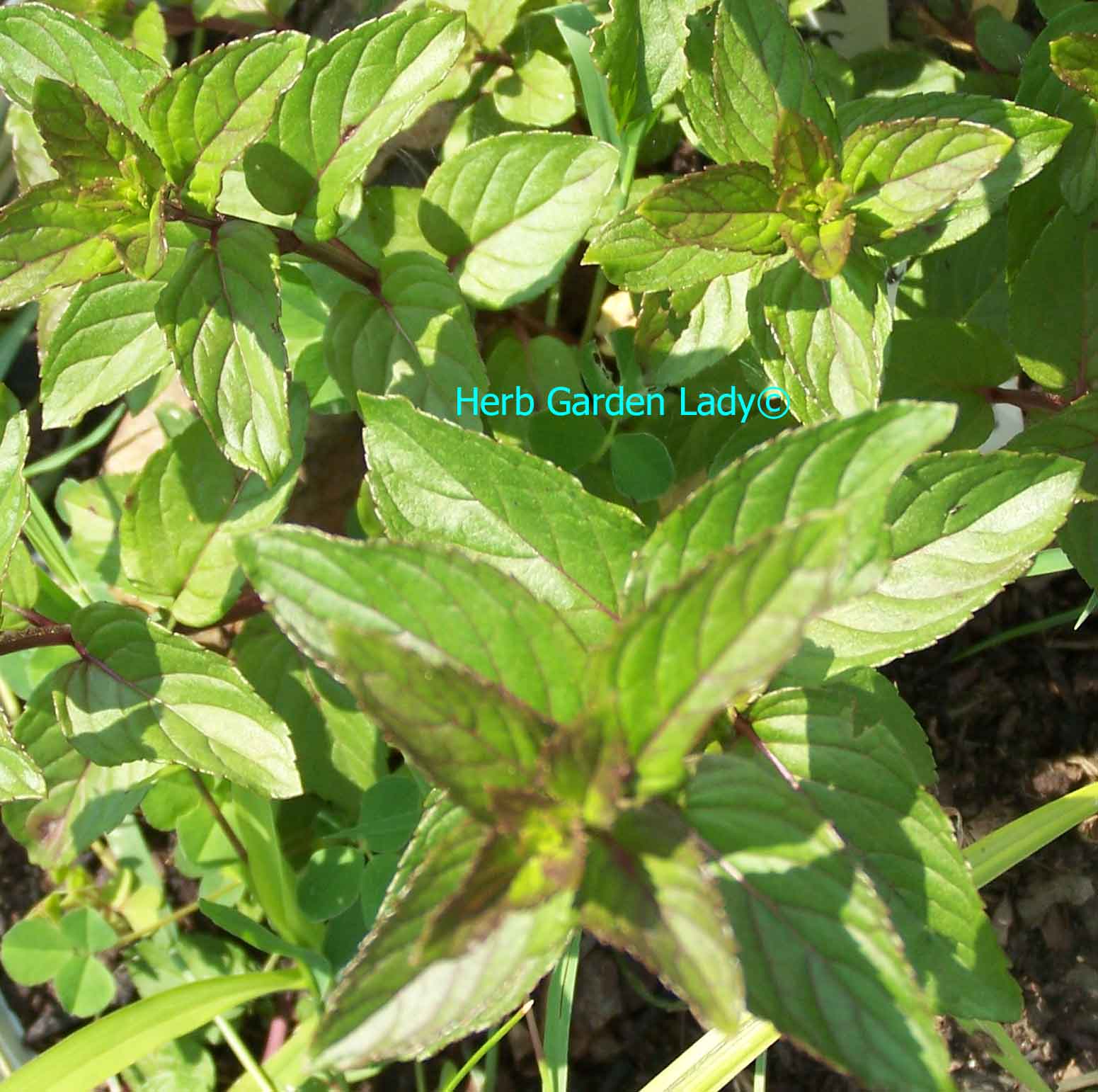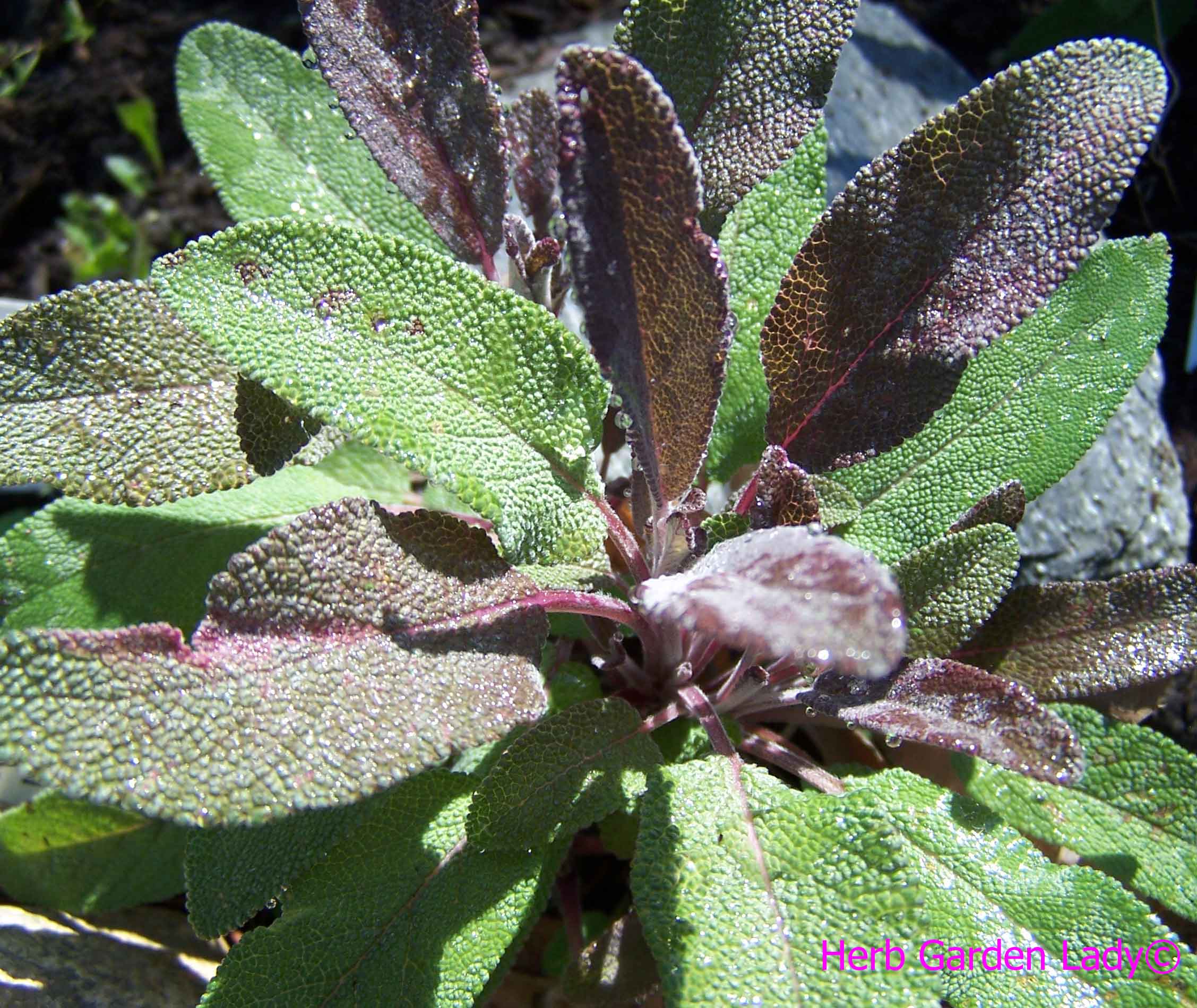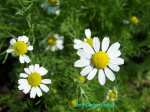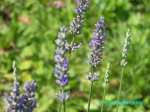Edible Plants
Grow These Top Ten Herbs
The top ten herbs to grow are….
Basil - Ocimum basilicum – There are many different varieties to grow and can be grown indoors for an indoor herb garden. Easy to grow in a sheltered are with your pepper or tomato plants. It loves filtered sun; otherwise the leave will get scorched from the afternoon sun. Plant the basil herb in well-drained moist soil. Pick the leaves as needed and to pinch off the flowers to delay the herb from going to seed.
Borage – Borago officinalis - Plant this herb with your tomato, peppers, eggplant or potatoes.
When I planted a large group of this herb in the middle of my tomato patch along with hot peppers, comos, salvia, onions, leeks, and lettuce the tomato horn worm did not visit my herb and vegetable garden.
My father’s tomato patch was loaded with them, over thirty when he last counted. Yuck! This insect strongly dislikes borage so plant it with your tomatoes.
Borage has edible flowers too! The leaves taste like cucumbers and can be used in salads, soups, sauces before they get to big.
If you love then once you plant it you will always have this edible plant. It self-sows easily, but is a useful herb for any garden.
Chives- Allium schoenoprasum – Chives herb or garlic chives are part of the onion family. These agreeable herbs are bulbous and a hardy perennial. They’re easy to grow from seed, division of the plant or from the seeds they produce after they flower.
The flowering chives are edible and are used mainly as a garnishment to salads or side dishes. Try making floral chive herb vinegar, which is a real treat for your family or guests.
Dill - Anethum graveolens – This edible plant is great for pickles, cabbage, butters and breads. Use the seeds, flowering tops and leaves for many culinary dishes.
It’s been said to alleviate hiccups too.
Make dill water to help with indigestion, flatulence, hiccups, stomach cramps, insomnia and a colicky baby.
Grind up 2 teaspoons of seeds and to boiling water to make on infusion. Strain and enjoy the benefits. Adults can drink up to 3 cups per day and babies over 3 months, allow the infusion to cool. Then give them 1 to 3 teaspoons at a time up to 4 times per day.
Edible Plants as Companion Plants
Garlic – Allium sativum - This herb has a surprising amount of herb use not only for cooking, but as a natural heart (cardiovascular) medicine.
Use it in your cooking, but at the end. It will retain its medicinal properties and strong flavor better.
Plant this edible plant in the fall to harvest in the spring. Then plant some in the spring to harvest in the fall. It needs well drained, rich moist soil. It will tolerate poor soil, but it won’t produce big bulbs of cloves.
Mint – Mentha species – This beloved edible plant is easy to grow from cuttings or purchased from your garden outlet. Use this herb in drinks for a refreshing summer drink or in cooking with fish dishes, potatoes, peas, or fruit salads.
Freeze some in an ice cube tray and add to your summer drinks for decoration or added flavor.
Spearmint and peppermint are great for sauces, vinegar, syrups and with delicious chocolate desserts.
Marjoram – Origanum species – Sweet marjoram can be infused as an aromatic tea or use in salads and butter sauces for fish dishes. Chop the leaves first then add to salads and fish dishes. The added flavor is release when finely chopped.
Add sweet marjoram at the end of your cooking since the strong heat can destroy the delicate flavor. Or add it directly after you’re done cooking the dish and are ready to serve your special homemade culinary dish.
Rosemary -Rosmarinus officinalis– One of the best plants for cooking or barbequing. This herb is great to add to fatty dishesbecause it helps with digestion.
Barbeque rosemary stems as skewers adding a robust flavor to your grilled kabobs.
Toss the fresh flowers in salads.Leaves are great when making herb butter for vegetables.
Sage - Salvia officinalis – The sage herb has a strong flavor with many culinary uses and medicinal benefits. I make sage vinegar and use it with hearty soups, stews, chili and sautéed greens. It goes great with dandelion greens, swish chard or beet greens.
Thyme – Thymus species – Do you have the thyme? Yes, of course to plant this edible plant in any part of your herb and vegetable garden. This spectacular herb is easy to grow from seed or from your local garden outlet.
Use this leaves in to stocks, soups, marinades, sauces. Great when added to chicken dishes, fish, vegetables, fruit salads and jams. I make lemon thyme jelly and I use it as a glaze when roasting chicken or fish dishes. It locks in the flavors and juiciness of the meat.
Some other important edible plants for health, anti-aging and vitality are milk thistle and stinging nettle.
Learn more about...Herb recipes or Culinary Herbs
 |
 |






